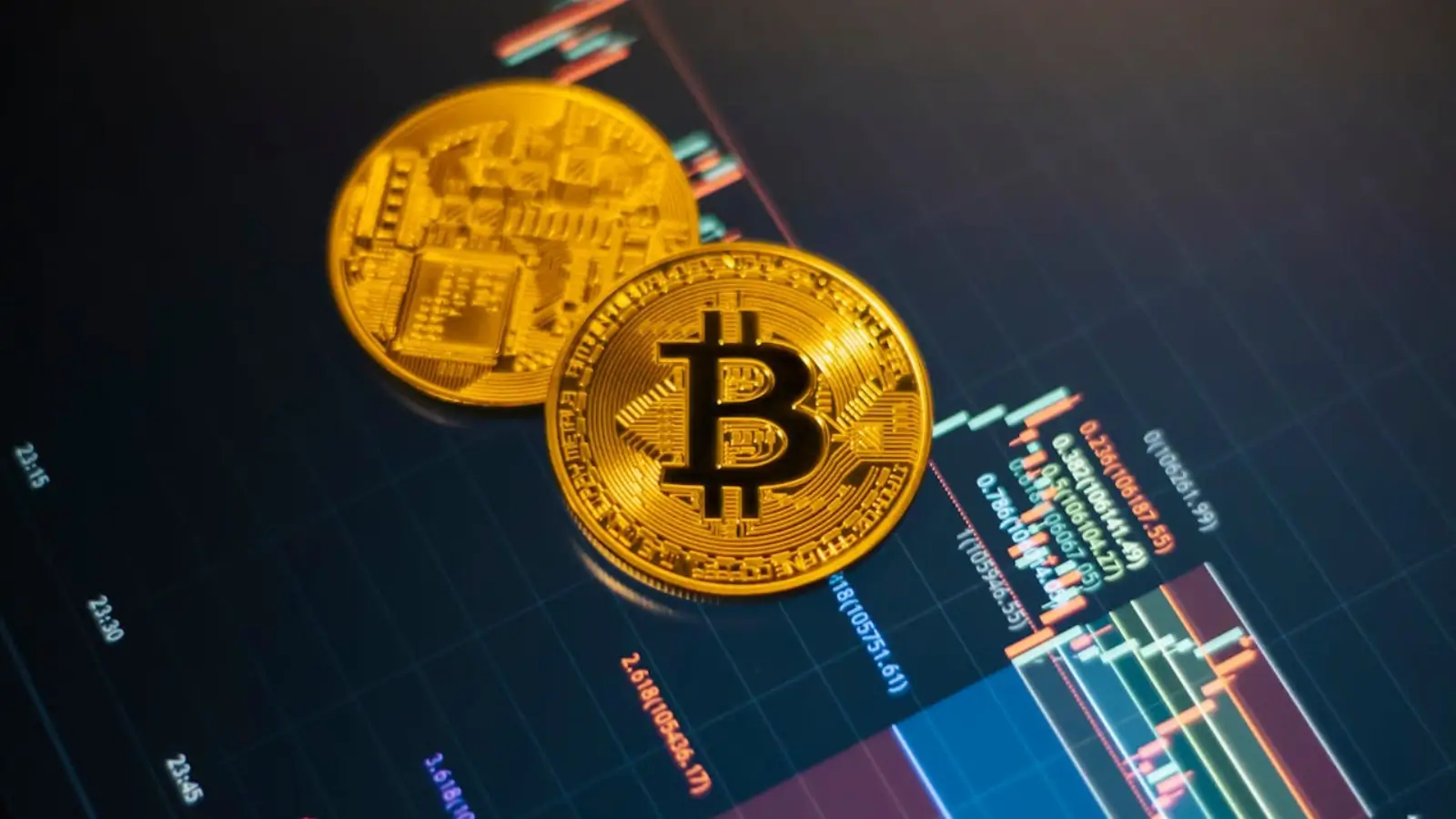The halving event in the cryptocurrency world is often associated exclusively with Bitcoin, but its significance extends beyond this single asset. Halving refers to the programmed reduction of rewards miners receive for processing transactions on a blockchain. This process affects supply dynamics, market sentiment, and the broader crypto ecosystem in profound ways. Understanding the halving effect provides deeper insight into how scarcity, incentives, and economic forces interact in decentralized digital networks.
Bitcoin’s halving has captured the imagination of investors and analysts since its inception. However, other cryptocurrencies are beginning to implement similar mechanisms or are influenced by Bitcoin’s halving cycles. Exploring the halving effect beyond Bitcoin reveals its role as a fundamental economic principle shaping blockchain ecosystems and influencing investor behavior worldwide. If you're trying to understand how signals work in crypto, you should Go bit-gpt-app.com and read examples that break it down simply.
The Mechanics of Halving in Cryptocurrency
Halving is a protocol rule built into the blockchain’s code that periodically cuts the mining rewards in half. For Bitcoin, this happens approximately every four years or every 210,000 blocks. When Bitcoin launched in 2009, miners received 50 bitcoins per block. The first halving in 2012 reduced this reward to 25 bitcoins, then 12.5 in 2016, and 6.25 following the 2020 halving.
This programmed scarcity is designed to control inflation and limit the total supply to 21 million bitcoins. As rewards shrink, the supply of new bitcoins entering the market slows, which can influence price dynamics. Other cryptocurrencies, particularly those with capped supplies or deflationary mechanisms, sometimes adopt similar halving or reduction strategies to manage inflation and incentivize network participation.
Economic Impact on Supply and Demand
The halving effect primarily impacts the supply side of the cryptocurrency market. With fewer new coins being minted, the available supply for sale or trade decreases if demand remains constant or increases. This scarcity can drive prices upward if market participants anticipate future value gains.
Historical data from Bitcoin halvings shows price rallies following these events, though not always immediate or guaranteed. The anticipation itself often fuels speculative interest, leading to increased trading volumes and price volatility. Investors see halving as a trigger for bullish market cycles, reflecting the economic principle of supply and demand scarcity.
However, it is essential to recognize that halving is one factor among many influencing price. External events, macroeconomic conditions, regulatory developments, and market sentiment all play roles in shaping cryptocurrency valuations.
Halving Beyond Bitcoin: Other Cryptocurrencies and Models
Bitcoin’s halving has inspired other blockchain projects to implement similar reward reduction mechanisms or adapt their monetary policies. For example, Litecoin follows a halving schedule closely aligned with Bitcoin’s but occurring every 840,000 blocks. This approach creates periodic supply shocks intended to mirror Bitcoin’s deflationary scarcity.
Other projects use different economic models but share the goal of controlling inflation and incentivizing long-term network security. Some employ gradual token burn mechanisms, where a percentage of transaction fees or tokens are permanently removed from circulation. These methods function to reduce total supply over time and increase scarcity without abrupt halving events.
Innovative blockchain designs explore dynamic adjustments to supply based on network conditions or demand, reflecting ongoing experimentation in digital monetary policy. These evolving models illustrate that the halving effect is part of a broader discussion on how to maintain sustainable ecosystems while encouraging participation and investment.
Miner Incentives and Network Security
Halving has direct consequences for miners, the participants who validate transactions and maintain blockchain security. Reduced block rewards mean miners earn less cryptocurrency for the same work, potentially affecting profitability. This can lead to shifts in mining behavior, such as upgrading to more efficient hardware, joining mining pools, or ceasing operations if costs outweigh returns.
Network security depends heavily on active miner participation. If too many miners leave after a halving, the blockchain could become vulnerable to attacks or experience slower transaction processing. However, Bitcoin’s network has shown resilience through past halvings, with mining difficulty adjusting to maintain stability.
The relationship between halving, miner economics, and security illustrates the delicate balance blockchain protocols must strike. Incentives must remain sufficient to attract miners while ensuring sustainable coin issuance rates.
Psychological and Market Sentiment Effects
Beyond economic fundamentals, the halving effect carries significant psychological weight in the crypto community. Investors and traders often regard halving as a pivotal event signaling potential price appreciation and market transformation. This anticipation can generate hype, media attention, and increased participation.
The cyclical nature of halving events fosters recurring narratives in market analysis and investment strategies. Many market participants position themselves ahead of halvings, hoping to capitalize on historical price trends. This collective behavior can create self-fulfilling prophecies, where expectations influence actual market outcomes.
However, not all halvings guarantee positive price movements. Some analysts caution against relying solely on past patterns, emphasizing the importance of broader market context. The hype around halvings can sometimes lead to speculative bubbles followed by corrections.
Broader Implications for Cryptocurrency Adoption
The halving effect extends beyond price mechanics to influence the overall adoption and perception of cryptocurrencies. By embedding scarcity into the protocol, halving events reinforce the narrative of cryptocurrencies as digital gold or deflationary assets.
This narrative appeals to investors seeking alternatives to fiat currencies subject to inflationary pressures. As halving events reduce new supply, they highlight cryptocurrencies’ potential as stores of value and hedges against traditional financial risks.
Additionally, halvings contribute to the evolving regulatory and institutional landscape. As markets mature, halving cycles attract attention from regulators, institutional investors, and mainstream financial actors, integrating cryptocurrencies more deeply into global finance.
Conclusion
The halving effect is a powerful economic and psychological phenomenon shaping not only Bitcoin but the broader cryptocurrency landscape. By controlling supply, influencing miner incentives, and affecting market sentiment, halving events play a critical role in how digital assets evolve and are perceived. Beyond Bitcoin, the concept informs the design of other blockchain projects and contributes to discussions on sustainable monetary policy in decentralized networks. Understanding the halving effect offers valuable insight into the complex interplay between technology, economics, and human behavior in the rapidly changing world of cryptocurrencies.
















